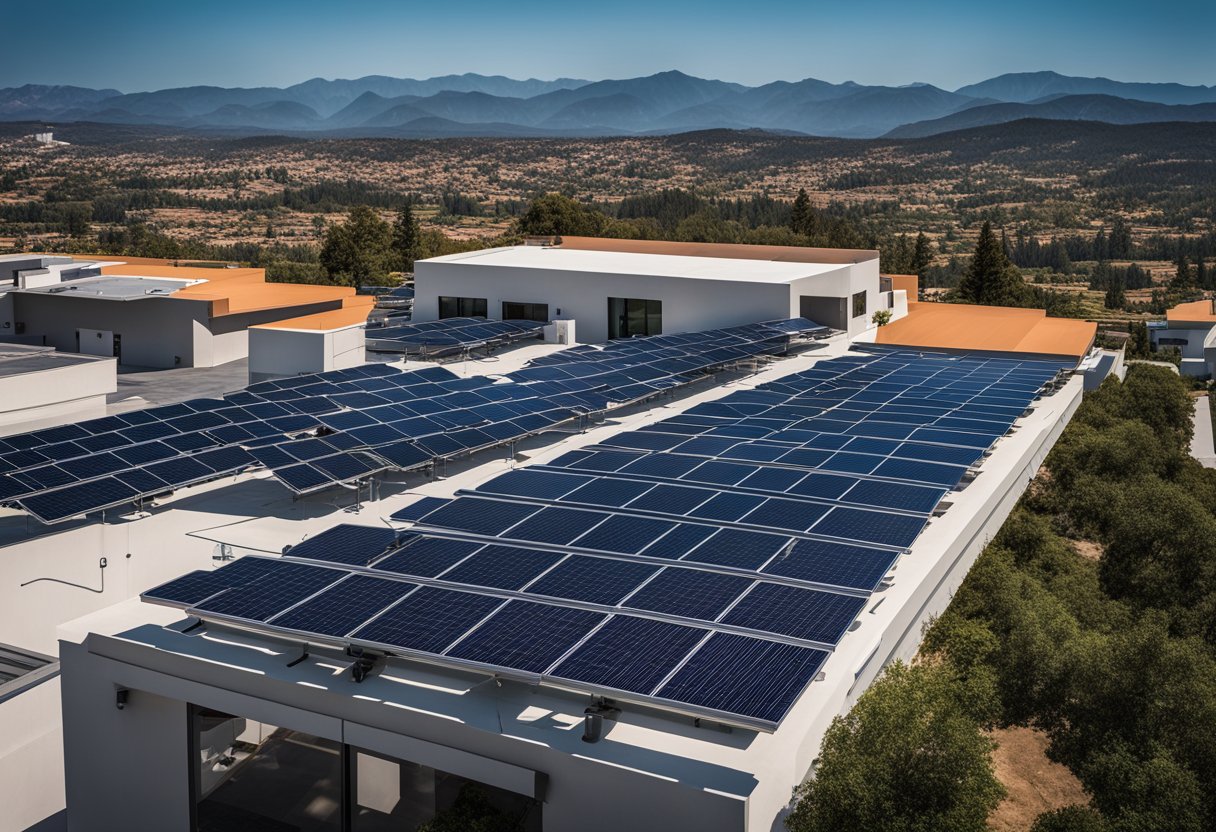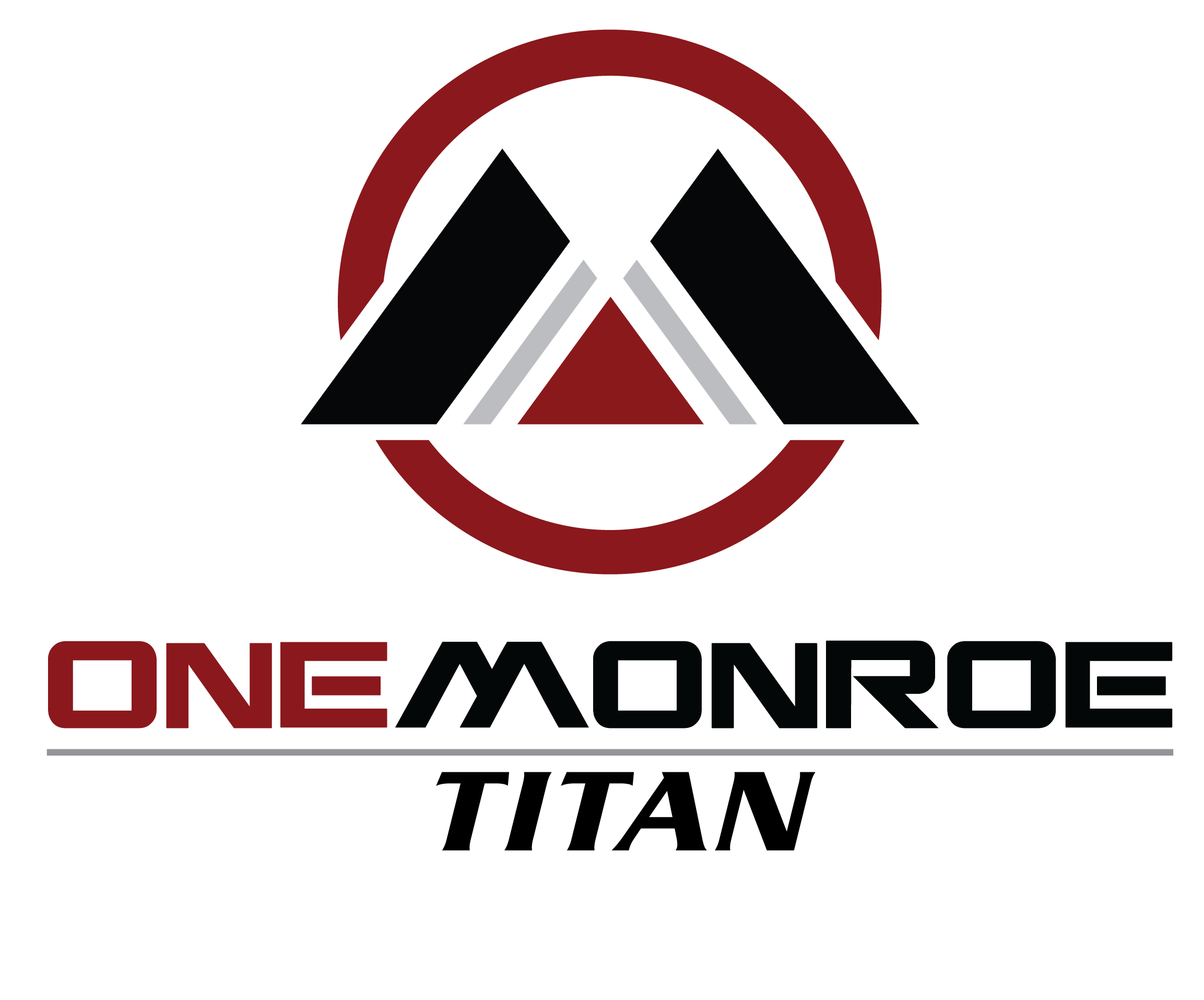
Tariffs on solar panels have caused prices to rise and slowed the growth of the industry, making it harder for many businesses and homeowners to adopt solar technology. These tariffs have led to higher system costs, fewer installations, and job losses across the sector, meaning we need to be strategic to manage these changes.

Many of us are looking for practical ways to limit the negative effects, such as exploring local suppliers like Titan WNC, timing our investments, or taking advantage of incentive programs. By understanding the direct impacts of tariffs, we can make informed choices that protect our interests and support the continued growth of solar energy.
How Tariffs Affect the Solar Industry
Tariffs on solar panels and related equipment shape everything from domestic manufacturing to market prices and international trade relationships. Specific policies and duties influence costs, project pipelines, and our ability to compete in the global solar market.
Impact on Domestic Manufacturing
Tariffs imposed by the U.S. Trade Representative (USTR) and the Department of Commerce are intended to encourage domestic manufacturing by making imported panels and cells more expensive. By raising the price of imported solar components—especially those from China, the largest exporter—these measures aim to level the playing field for American manufacturers.
However, higher production costs in the U.S. often result in higher overall costs. Domestic manufacturers frequently face supply chain and scale challenges that may offset the intended benefits. In many cases, the increased costs are passed on to installers and ultimately consumers.
Consequences for Solar Projects and Market Growth
Tariffs have led to higher costs for solar projects across the U.S. Imported panels now face increased tariff rates—on average adding 3-6 cents per watt. Additional duties on balance-of-system components raise prices by another 3-5 cents per watt.
According to the Solar Energy Industries Association, these increased costs have caused significant disruptions. More than 62,000 jobs have been lost and $19 billion in private investment delayed or forfeited due to the impact of solar tariffs. Project developers must often pause or cancel new installations when costs erode profit margins.
Small and mid-sized installers are the hardest hit. With thinner profit margins and less buying power, they struggle to absorb price increases. This slows the growth of solar adoption, especially in the residential and commercial markets.
Role of Trade Policy and International Competition
Trade policy decisions like tariffs are largely shaped by global competition, especially tensions with Chinese imports of solar panels and cells. The trade war between the U.S. and China has led to a series of retaliatory tariffs, reshaping global supply chains and pushing companies to adapt sourcing strategies.
Countervailing duties and anti-dumping tariffs are intended to penalize foreign subsidies or unfair pricing by overseas manufacturers. However, these measures often invite further trade barriers and complicate access to affordable solar technology. The goal is to support domestic production, but such actions can restrict market growth and affect our international competitiveness.
We must navigate a complex environment where policy decisions by the Department of Commerce, USTR, and other agencies directly impact our ability to deliver cost-effective solar solutions. This environment requires careful planning and constant monitoring of regulatory changes in global trade and manufacturing.
Strategies to Limit Negative Impacts of Tariffs
Tariffs on imported solar panels and related equipment can increase costs and reduce project viability. We need to take specific actions to maintain competitiveness, support domestic manufacturing, and sustain solar industry growth.
Optimizing Solar Project Costs
We can mitigate tariff-driven cost increases by finding efficiencies in design, procurement, and installation. Standardizing components and using advanced project management tools can lower labor and material expenses. Bulk purchasing agreements help us secure better pricing from suppliers, even when tariffs are in place. Leveraging software-driven site analysis leads to smarter land use and higher energy production per panel, reducing costs per watt.
Working with experienced engineering, procurement, and construction firms lets us tap into established supply chains and proven processes. Exploring financing innovations, such as power purchase agreements, helps spread costs over time. Incentive programs, like federal Investment Tax Credits (ITC) and state-level subsidies, are crucial for offsetting tariff effects. Staying informed on changes to these incentives helps us maximize our project’s financial returns.
Leveraging Policy Advocacy and Industry Collaboration
Engaging with organizations such as the Solar Energy Industries Association (SEIA) ensures our concerns are represented to policymakers. We join industry coalitions to advocate for policies that ease the impact of tariffs on solar projects. Supporting countervailing duties for unfair trade practices is important, but we also advocate for a balanced approach that protects both domestic manufacturing and project affordability. Coordinated campaigns with industry peers can influence tariff policy reforms.
By participating in public comment periods and consulting with trade experts, we provide data-driven input for government reviews. Keeping our stakeholders informed about regulatory changes is essential to strategy planning. We also collaborate with research institutions and government agencies to advance technology and develop new domestic manufacturing capabilities. Such efforts help strengthen the US solar industry and reduce future reliance on imports.
Diversifying Supply Chains
We should assess our supply chains for risk exposure due to tariffs or global disruptions. Sourcing solar panels and components from multiple countries, not just one region, reduces dependency and mitigates risk. Partnering with US-based manufacturers supports domestic production growth, helping reduce trade deficits and insulating us from international tariff fluctuations. Comparing suppliers’ quality, reliability, and pricing protects us against sudden cost spikes if tariffs rise again.
A sample supplier diversification table:
| Supplier Country | Share of Purchases | Tariff Risk | Quality Rating |
|---|---|---|---|
| United States | 40% | Low | High |
| Southeast Asia | 30% | Medium | Medium-High |
| Europe | 20% | Low | High |
| Other | 10% | High | Medium |
Negotiating longer-term contracts with diverse suppliers can lock in pricing and availability. Investing in new supplier relationships and qualifying alternative vendors are necessary for supply chain resilience and uninterrupted solar project development.
Frequently Asked Questions
Tariffs on solar panels can change installation costs, affect job numbers, and alter the pace of industry growth. By planning carefully and staying informed, we can make smarter decisions for our projects and investments.
What are the potential cost implications of tariffs on solar panel imports?
Tariffs directly increase the import price of solar panels by several cents per watt, which then raises the upfront cost of solar installations. For example, a 20 percent tariff can mean approximately a 6 percent overall rise in project costs. This translates to higher expenses for consumers and slower project development.
How might government-imposed tariffs impact the domestic solar industry’s growth?
While tariffs are intended to protect domestic manufacturers, the higher costs often cause a loss of jobs elsewhere in the solar industry. For each new job created in manufacturing, we may see over 30 jobs lost in installation and related fields. This slows the overall growth of the industry, particularly in solar deployment rates.
What strategies can consumers or businesses employ to mitigate adverse effects of solar tariffs?
We can choose to source panels from domestic producers or countries not subject to tariffs. Negotiating contracts earlier and forming partnerships with local manufacturers can also help control pricing. Staying informed about policy changes lets us adapt quickly when tariffs shift.
In what ways could tariffs influence the competitiveness of solar energy relative to other energy sources?
Higher solar costs make renewables less attractive compared to fossil fuels or other alternatives. This can decrease demand for solar and slow progress toward clean energy targets. The industry could lose some of its price advantage if tariffs remain in effect.
How do solar tariffs affect the market price for solar-generated electricity?
Tariffs drive up equipment prices, raising the levelized cost of electricity from new solar plants. Those higher costs might be passed on as increased rates for consumers purchasing solar energy. Existing projects aren’t usually affected, but all new developments may see less favorable pricing.
What are the long-term economic consequences of tariffs on the solar power supply chain?
Persistent tariffs can reduce investments in solar development, limit job creation, and slow the pace of technology upgrades. The wider supply chain faces greater uncertainty and can experience disruptions, making it more expensive and complex to launch new projects. This impacts not just the solar sector but related industries that support it.

